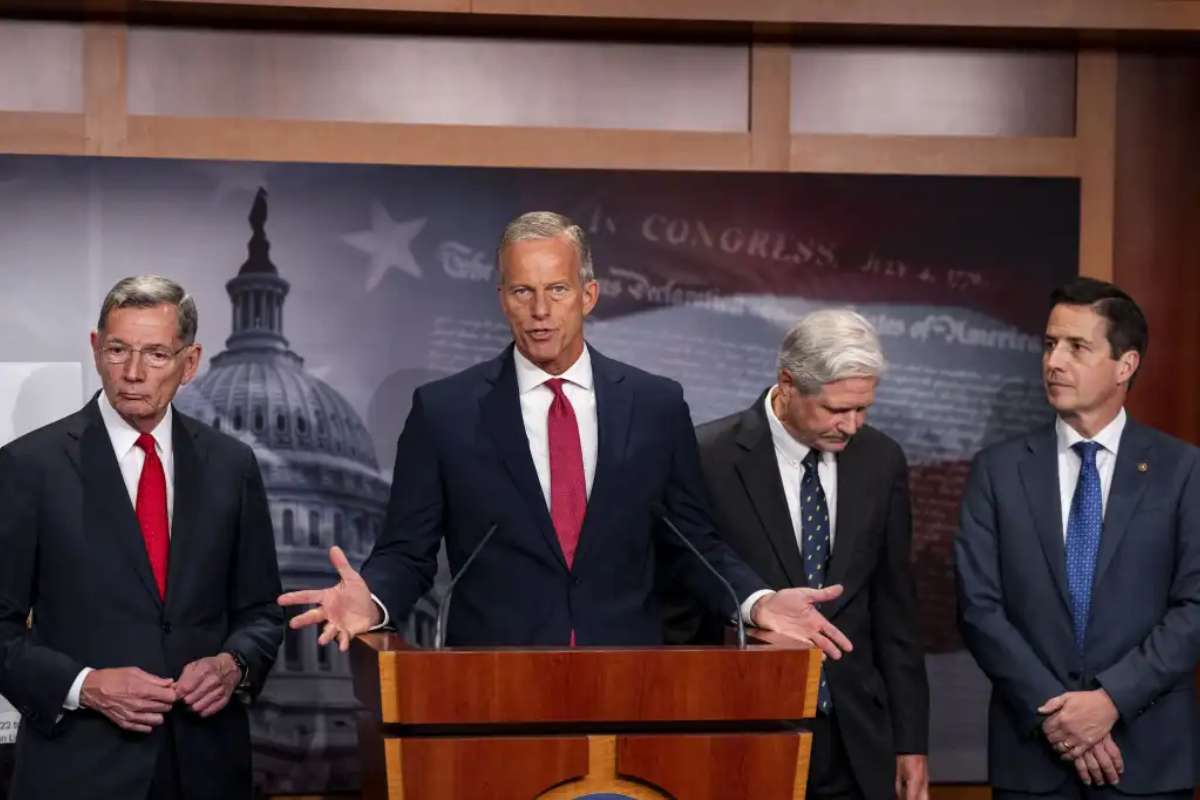The ongoing U.S. government shutdown is significantly reducing the nation’s cybersecurity capacity, with the Cybersecurity and Infrastructure Security Agency (CISA) and the National Institute of Standards and Technology (NIST) both facing heavy workforce cuts and suspended operations. Experts warn the disruption could leave critical security gaps open to cybercriminals and state-sponsored attackers.
According to a Department of Homeland Security (DHS) contingency plan, the CISA furlough impact is set to lose about 65% of its staff. Out of a total workforce of 2,540 employees, approximately 1,651 have been furloughed, leaving just 889 to continue core operations. This cutback is striking given that DHS expects to retain 91% of its overall workforce during the shutdown.
Cyber Agencies Hit Hard
CISA, which plays a central role in defending federal networks, also provides guidance to state governments, private sector organizations, and international partners. Its responsibilities include managing threat intelligence sharing and supporting the Common Vulnerabilities and Exposures (CVE) program. However, with much of its staff on furlough, the agency’s capacity to respond quickly to new threats is significantly diminished.
Adding to the disruption, the CISA furlough impact affects the agency’s website, which not being actively managed during the shutdown. A notice states that the site “will not be updated until after funding is enacted,” and that transactions may not be processed or inquiries answered. This limitation could affect organizations relying on the agency for timely threat alerts and updates.
NIST has also been heavily impacted. The Department of Commerce has announced that only 34% of NIST’s workforce will remain active. Known for its cybersecurity standards, including the widely adopted NIST Cybersecurity Framework (CSF) and its Post-Quantum Cryptography Standards, the agency’s reduced activity is expected to hinder both federal and private sector cybersecurity efforts. Its website also carries a similar notice about halted updates due to the funding lapse.
Risks of Exploitation
Cybersecurity experts warn that the CISA furlough impact creates a window of opportunity for malicious actors. Brandon Potter, CTO at cybersecurity firm ProCircular, said both financially motivated groups and nation-state adversaries are likely to act quickly.
“Expect to see an increase in ransomware attacks targeting critical infrastructure vendors during this time,” Potter commented. “Nation-state actors with existing access will likely focus on deeper penetration and long-term persistence to maximize their advantage.”
Furloughed federal workers themselves may also become targets. Security specialists predict a rise in phishing and fraud attempts aimed at obtaining credentials through fake HR or benefits communications. Potter cautioned that attackers may target both work and personal accounts of federal employees, exploiting the confusion around sporadic logins and official communications.
The lack of regular alerts and guidance from CISA and NIST also poses risks for private companies, state governments, and local authorities. Without updated advisories on emerging threats, many organizations may struggle to stay ahead of fast-moving exploits and vulnerabilities.
Long-Term Impact
Industry observers note that the cybersecurity challenges are unlikely to disappear when the shutdown ends. Gary Barlet, public sector CTO at Illumio, warned that delays will cascade into longer-term security issues.
“When the shutdown ends, IT doesn’t simply switch back on,” Barlet said. “Projects underway or just starting have been stalled, funding pauses have thrown off timelines, and teams will be under pressure to prioritize immediate fixes over long-term planning.”
This pause in federal cyber operations could slow adoption of new security standards, delay vendor contracts, and impact government-led coordination on threat intelligence. Organizations that rely on federal support may face extended periods without updates or assistance, increasing the CISA furlough impact.
A Critical Period
With both CISA and NIST hampered, the federal government’s ability to respond to vulnerabilities, support vendors, and provide critical threat intelligence is reduced at a time when cyber threats are growing in scale and sophistication.
The shutdown took effect on October 1, and while its duration remains uncertain, the longer it continues, the greater the potential risks to federal cybersecurity readiness and the broader digital ecosystem.
For now, industry experts recommend that organizations increase vigilance, strengthen internal defenses, and prepare for heightened cyber activity until full federal capabilities are restored.
Visit CyberPro Magazine For The Most Recent Information.






